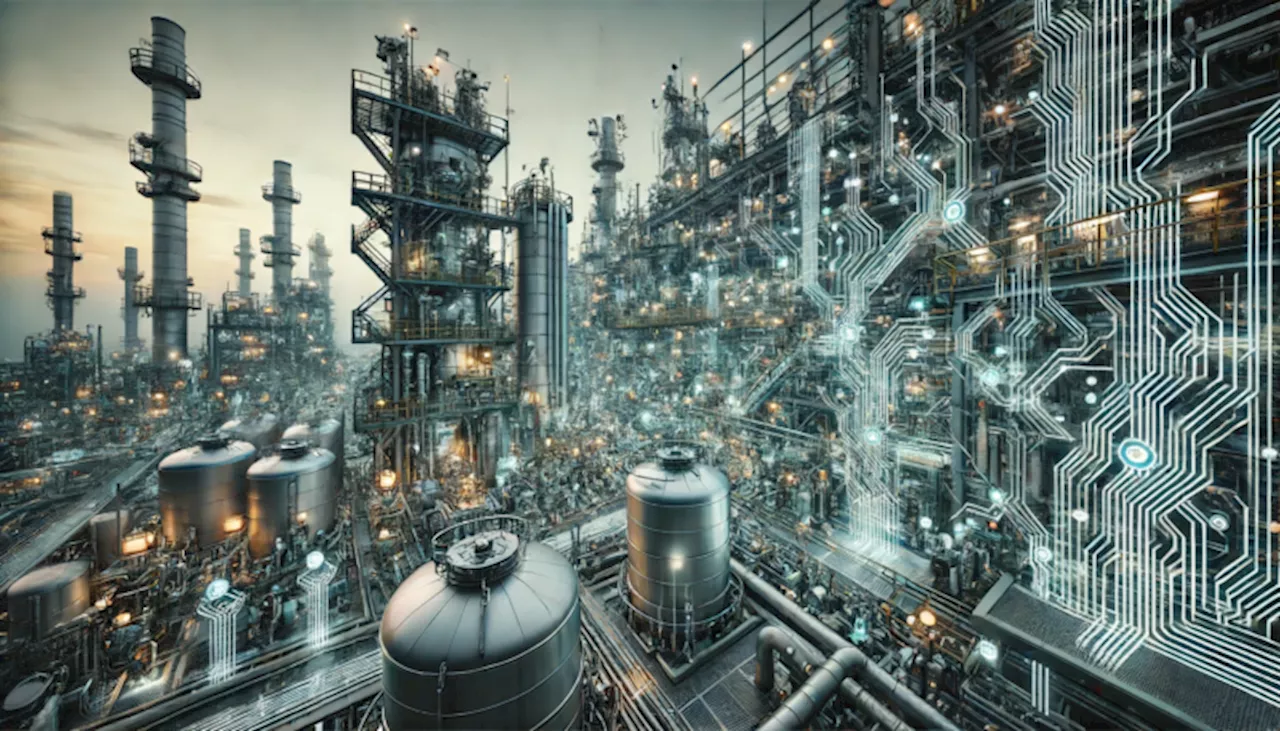There are a lot of people out there who are motivated to tell you that electric heating is hard.It's not hard, it's just different.
Recently I sat down virtually with professional chemical process engineer Paul Martin of Spitfire Research on my podcast Redefining Energy – Tech to discuss how much industrial heat can be replaced with electrical heat technologies . In the theme of providing transcripts of presentations I’m giving in various places for people who prefer the written word, this is the lightly edited transcript of the second half of our conversation.Hi, welcome back to Redefining Energy – Tech.
And so the distribution grid is kind of like sitting there with these massive troughs and massive peaks in the course of any given day. And now as we get to these thermal storage for industrial and domestic comfort heat, because we can actually do that with hot water heaters or thermoclines. Now if we pump heat into a big tank and then draw that heat down as needed — Harvest Thermal does that — we can actually flatten the daily capacity factor and lift it.
And there are a few occasions where we can’t just apply heat, we actually need fire. So I’ll give you an example of, one of the most obvious examples of that is cement clinkering. So when one makes cement, there are two processes.Yeah. So we, there are, well, there are applications where you actually need a hot gas, you need a hot flue gas, and those are most easily supplied with fire, although you could do it another way.
And if I say to you, well, I can keep the equipment the same, but the operating cost is going to increase by a factor of ten. Deal with it. You’re going to fire me. And you should fire me because I’m a moron for giving you that advice. No, what we’re going to do is we’re going to change the capital plant so that the operating cost doesn’t increase in this dramatic way and it will pay back in a reasonable period of time.
It’s electric heating and some smart uses of chemistry and the right catalysts and so on. And it’s kind of a no-brainer, honestly. It’s really a matter of how much do we want to pay and the relative cost of burying CO2 in the deep subsurface, which we know to be expensive and unlikely to get a whole lot cheaper in the future, versus making chemicals using electricity, which is another process that’s fundamentally fraught with thermodynamic difficulties.
Next, microwaves. So microwaves work by exciting water molecules and some other atoms and groups of atoms in molecules. You can do all kinds of very interesting things with microwaves, including some really fascinating chemistry that happens as a result of you heating up the molecules themselves, as opposed to heating up things that transfer heat, you know, like metal things that transfer heat to the molecules themselves.
United States Latest News, United States Headlines
Similar News:You can also read news stories similar to this one that we have collected from other news sources.
 Decarbonizing Industrial Heat Means Electrifying It — Transcript of Podcast With Paul MartinPaul Martin and I discuss the reasons why electrification of industrial heat is the answer to decarbonization of the sector. Part 1 of 2.
Decarbonizing Industrial Heat Means Electrifying It — Transcript of Podcast With Paul MartinPaul Martin and I discuss the reasons why electrification of industrial heat is the answer to decarbonization of the sector. Part 1 of 2.
Read more »
 ADPH advises on avoiding heat-related illnessesThree heat-related illnesses of concern are heat stroke, heat exhaustion and heat cramps.
ADPH advises on avoiding heat-related illnessesThree heat-related illnesses of concern are heat stroke, heat exhaustion and heat cramps.
Read more »
 Heat stroke vs. heat exhaustion: Here are tips to stay safe in a heat waveHere are tips to stay safe from the heat.
Heat stroke vs. heat exhaustion: Here are tips to stay safe in a heat waveHere are tips to stay safe from the heat.
Read more »
 Heat stroke vs. heat exhaustion: Here are tips to stay safe in a heat waveHere are tips to stay safe from the heat.
Heat stroke vs. heat exhaustion: Here are tips to stay safe in a heat waveHere are tips to stay safe from the heat.
Read more »
 Heat stroke vs. heat exhaustion: Here are tips to stay safe in a heat waveHere are tips to stay safe from the heat.
Heat stroke vs. heat exhaustion: Here are tips to stay safe in a heat waveHere are tips to stay safe from the heat.
Read more »
 Heat stroke vs. heat exhaustion: Here are tips to stay safe in a heat waveHere are tips to stay safe from the heat.
Heat stroke vs. heat exhaustion: Here are tips to stay safe in a heat waveHere are tips to stay safe from the heat.
Read more »
